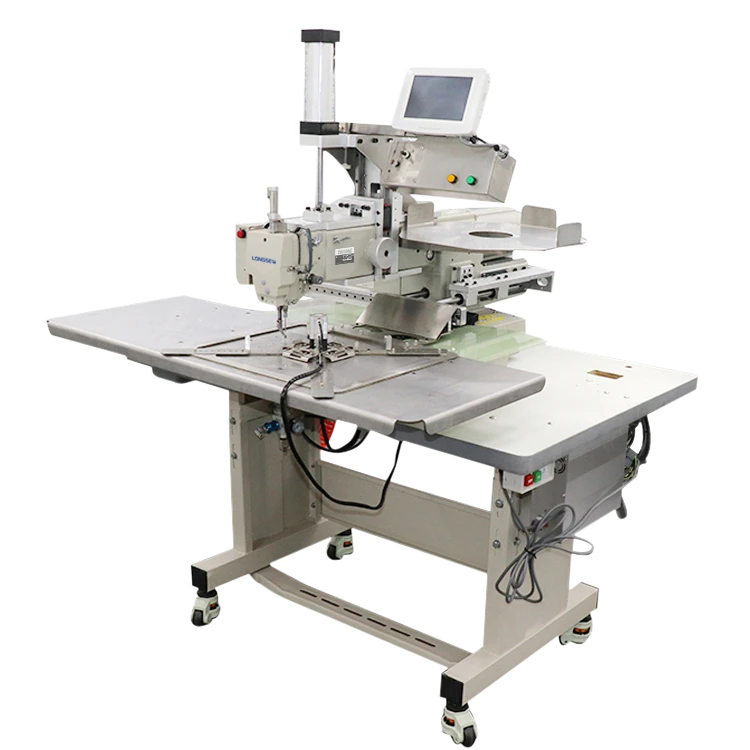stitching thick fabric
Stitching Thick Fabric A Comprehensive Guide for Enthusiasts
Stitching thick fabric can be both a rewarding and challenging endeavor for those interested in sewing. Whether you are working on home décor projects, upholstery, or creating durable clothing, understanding the intricacies of handling thick fabric is essential. This article outlines valuable tips, techniques, and suggestions to make your experience smoother and more enjoyable.
First and foremost, selecting the right tools is crucial when working with thick fabrics. Regular sewing machines may struggle with heavy materials, so consider investing in a heavy-duty sewing machine that is designed to handle denser textiles. These machines often come with a stronger motor, which allows for more consistent stitching. If purchasing a new machine isn’t feasible, ensure that your current machine is in good working order. Change the needle to a heavier gauge, typically a size 16 or 18, which will penetrate the thick layers more efficiently. Use needles specifically designed for leather or denim, as they have a sharper point and can easily handle the heavier threads and layers.
Thread choice is equally important. Heavyweight polyester or threads designed for upholstery projects are ideal. They provide additional strength and durability, which is essential when stitching thick fabrics. Make sure to use a thread that matches the fabric’s weight; using too lightweight a thread can lead to breakage and inconsistent stitching.
When it comes to preparing thick fabric for sewing, precise cutting is vital. Use a rotary cutter and cutting mat instead of scissors for cleaner edges and more accurate cutting. Pinning may also require a different approach; consider using thicker pins or even fabric clips to hold your pieces together securely. This is important because the weight of the fabric can cause it to shift during the sewing process, leading to uneven seams.
stitching thick fabric

In terms of techniques, the actual sewing of thick fabric requires attention and care. Start by sewing with a longer stitch length to prevent the fabric from bunching up. Additionally, consider using a walking foot or even a roller foot to help guide the fabric smoothly through the machine. These specialized feet reduce the likelihood of slipping and ensure even feeding, which is particularly helpful when working with multiple layers.
Don’t forget that pressing is an integral part of sewing thick fabric. Use a steam iron and a pressing cloth to avoid scorching the material. Press seams open carefully, as this can make a significant difference in the final appearance of your project.
Lastly, practice patience. Thick fabrics can sometimes be intimidating, but with time and experience, you’ll develop a greater sense of confidence and skill. Start with smaller projects, such as a simple cushion cover or a tote bag, to familiarize yourself with the properties of the fabric and the best handling techniques.
In conclusion, stitching thick fabric invites an array of possibilities for creative projects. By assembling the right tools, selecting suitable materials, employing effective techniques, and maintaining patience, anyone can master the art of working with thick textiles. Ultimately, the effort you invest will yield beautifully crafted items that stand the test of time. Happy sewing!
-
Industrial Cylinder Arm Sewing Machine: Revolutionizing Heavy-Duty SewingNewsJul.28,2025
-
Cylinder Arm Sewing Machine: Perfect for Special Sewing ApplicationsNewsJul.28,2025
-
Cylinder Bed Sewing Machine: Essential for Sewing Complex MaterialsNewsJul.28,2025
-
Heavy Duty Sewing Machine: The Essential Tool for Industrial ApplicationsNewsJul.28,2025
-
Computerized Pattern Sewing Machine: Revolutionizing Precision StitchingNewsJul.28,2025
-
Heavy Duty Industrial Sewing Machine: Power Meets PrecisionNewsJul.28,2025
-
Leather Sewing Machine: The Industrial Standard for Tough MaterialsNewsJul.18,2025





























